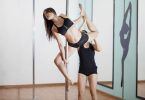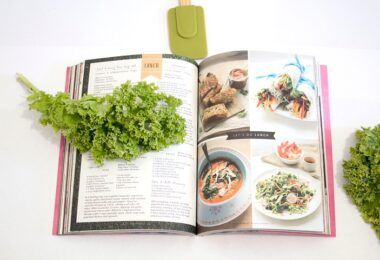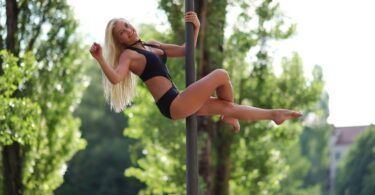Gangnam, Seoul, is known for its wide variety of entertainment and things to do. If you want a...
Fresh Topics
How to Treat Delusional Disorder: Exploring the Best Treatment Options
Mental health treatment has evolved significantly over recent decades. When it comes to...
Popular
Achieving Healthy and Glowing Skin: A Guide for Women
Healthy and glowing skin is often considered one of the most essential components of outward beauty. It’s usually the first thing people notice about your appearance. But radiant skin doesn’t just happen overnight—it’s the result...










































